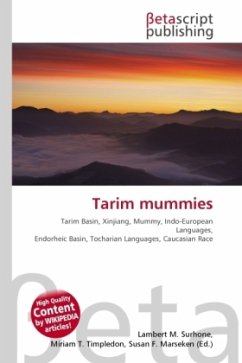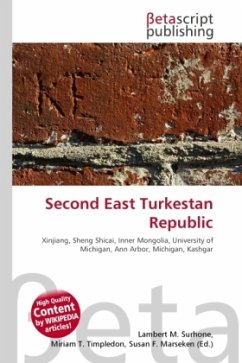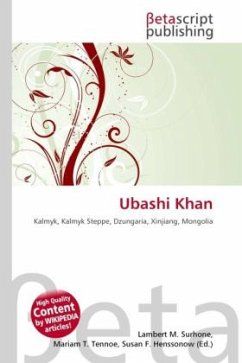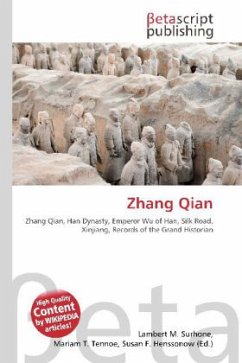High Quality Content by WIKIPEDIA articles! The Tarim mummies are a series of mummies discovered in the Tarim Basin in present-day Xinjiang, China, which date from 1800 BCE to 200 CE. Some of the mummies are frequently associated with the presence of the Indo-European Tocharian languages in the Tarim Basin[ although the evidence is not totally conclusive. At the beginning of the 20th century European explorers such as Sven Hedin, Albert von Le Coq and Sir Aurel Stein all recounted their discoveries of desiccated bodies in their search for antiquities in Central Asia. Since then, many other mummies have been found and analysed, most of them now displayed in the museums of Xinjiang. Most of these mummies were found on the eastern (around the area of Lopnur, Subeshi near Turpan, Kroran, Kumul) and southern (Khotan, Niya, Qiemo) edge of the Tarim Basin. The earliest Tarim mummies, found at Qäwrighul and dated to 1800 BCE, are of a Caucasoid physical type whose closest affiliation is to the Bronze Age populations of southern Siberia, Kazakhstan, Central Asia, and the Lower Volga.
Bitte wählen Sie Ihr Anliegen aus.
Rechnungen
Retourenschein anfordern
Bestellstatus
Storno








